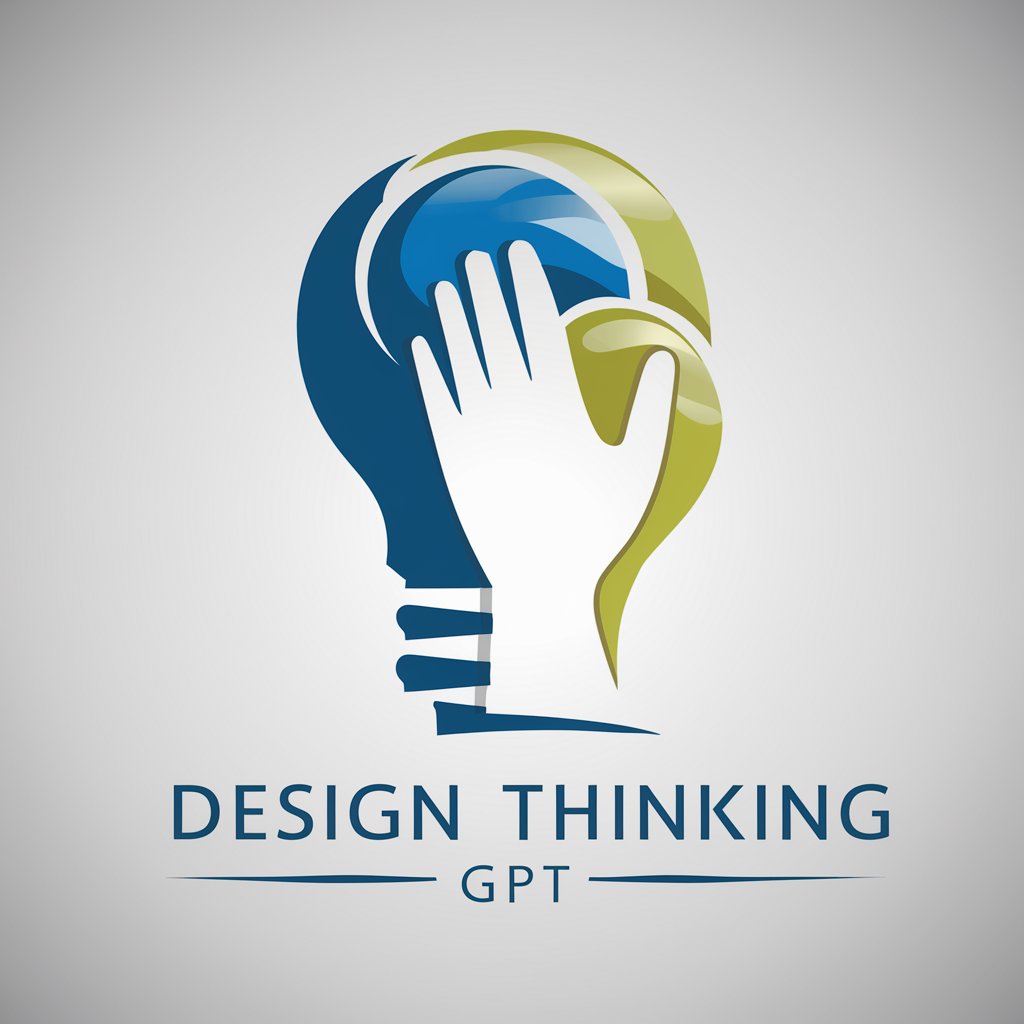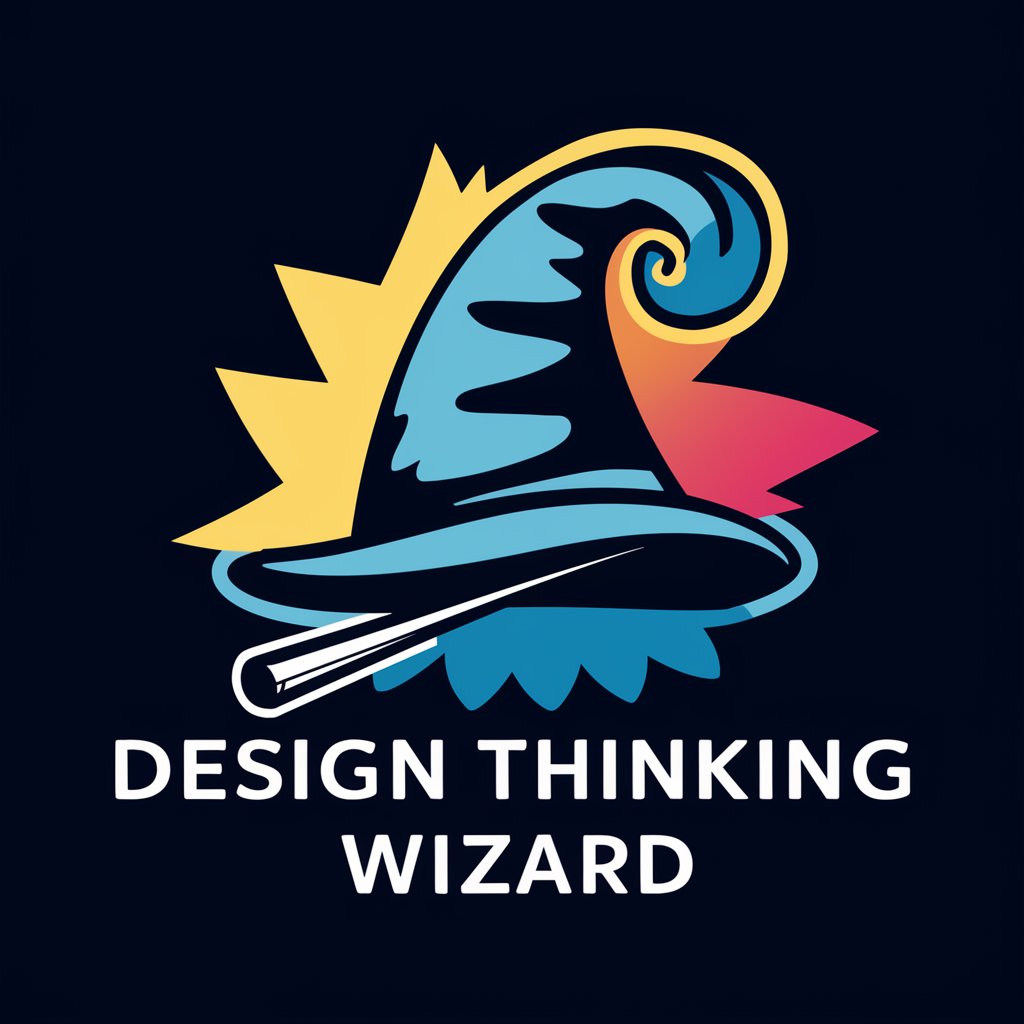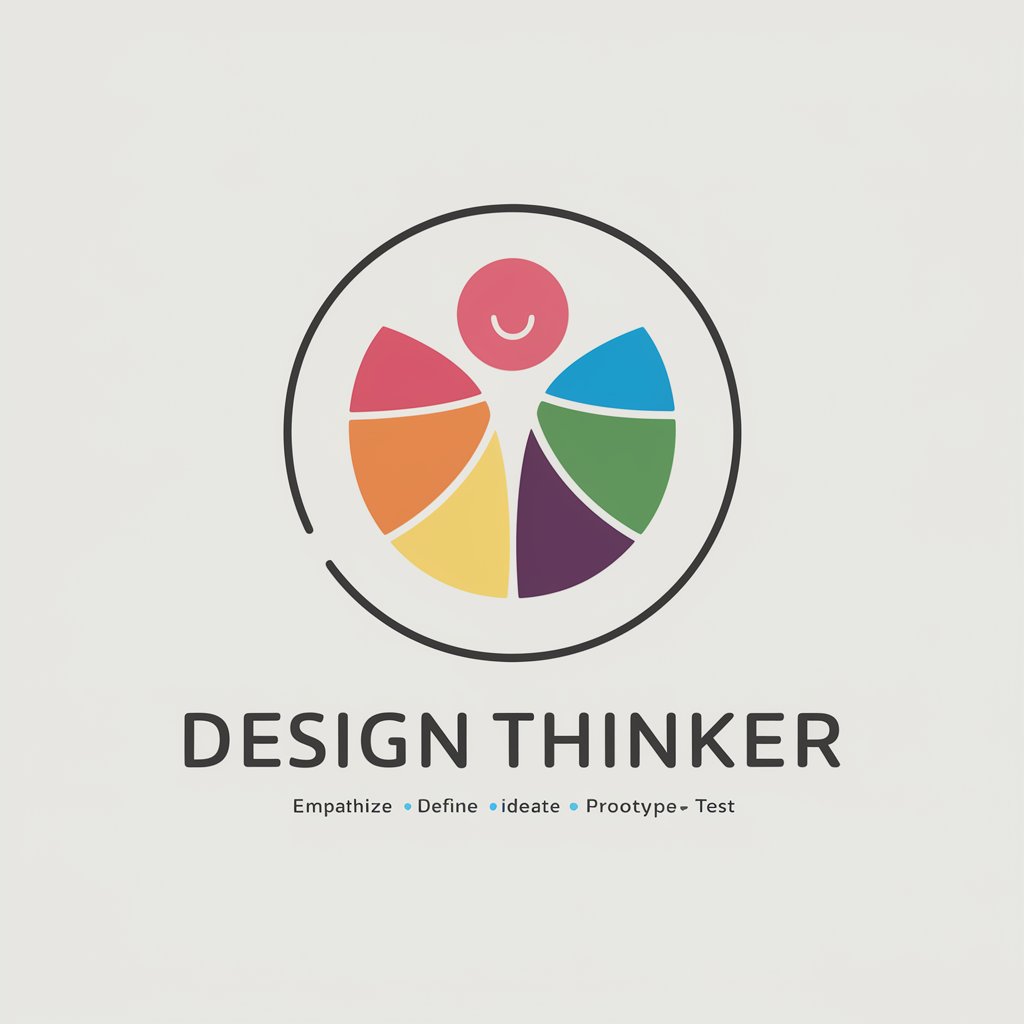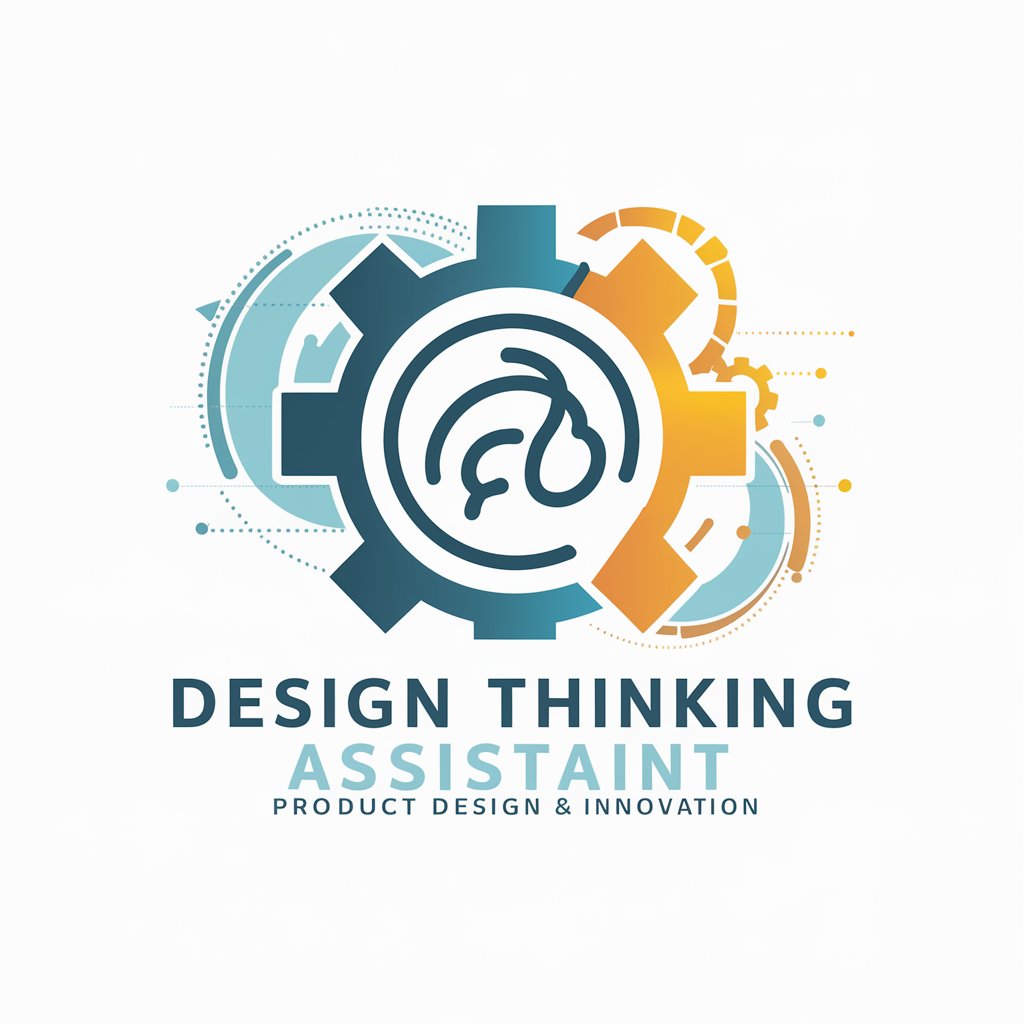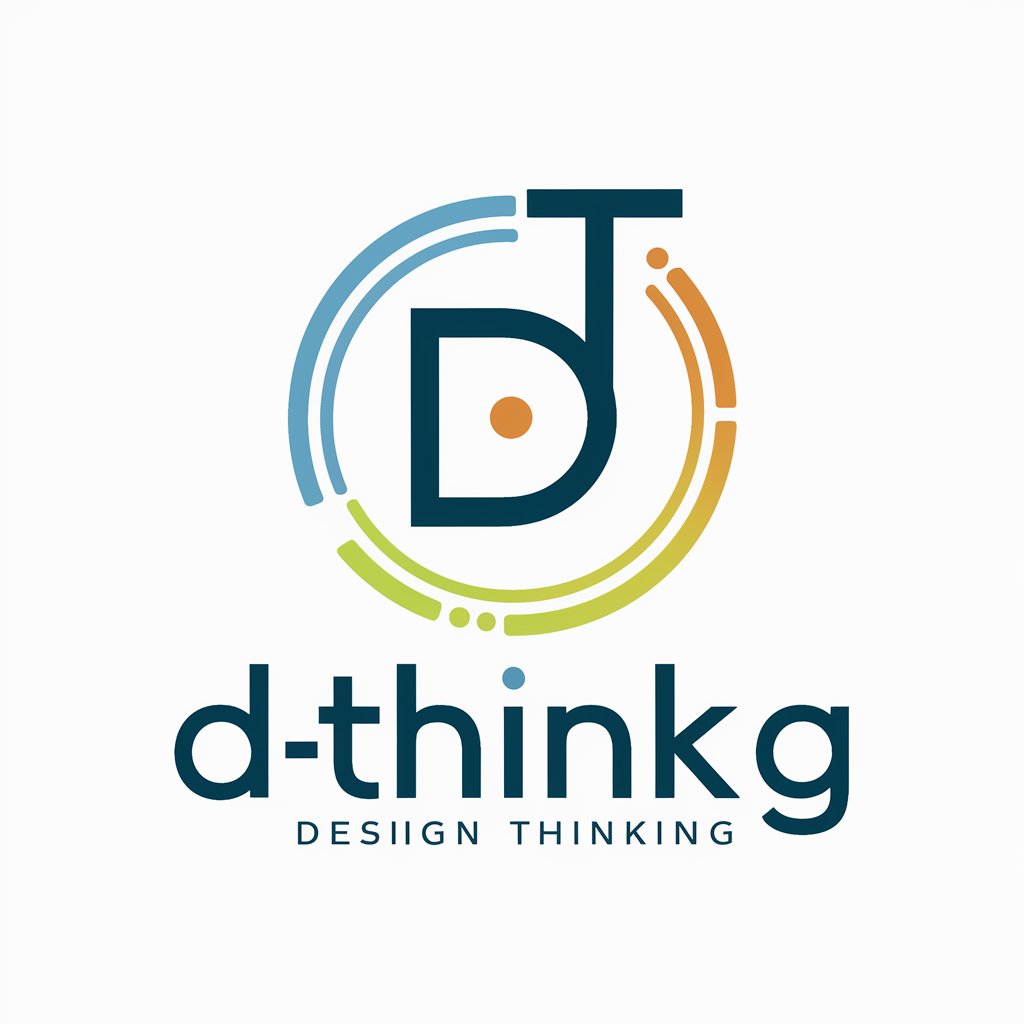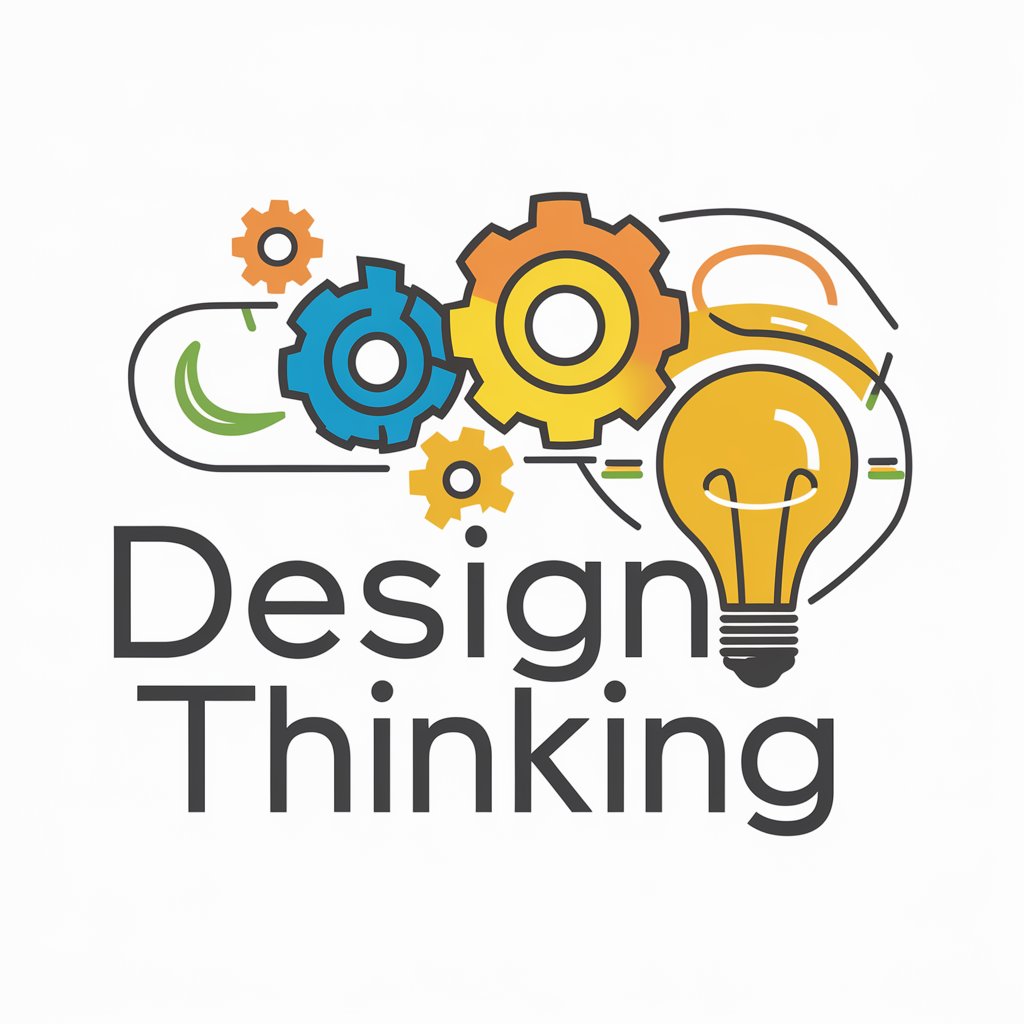
Design Thinking - Design Thinking Tool
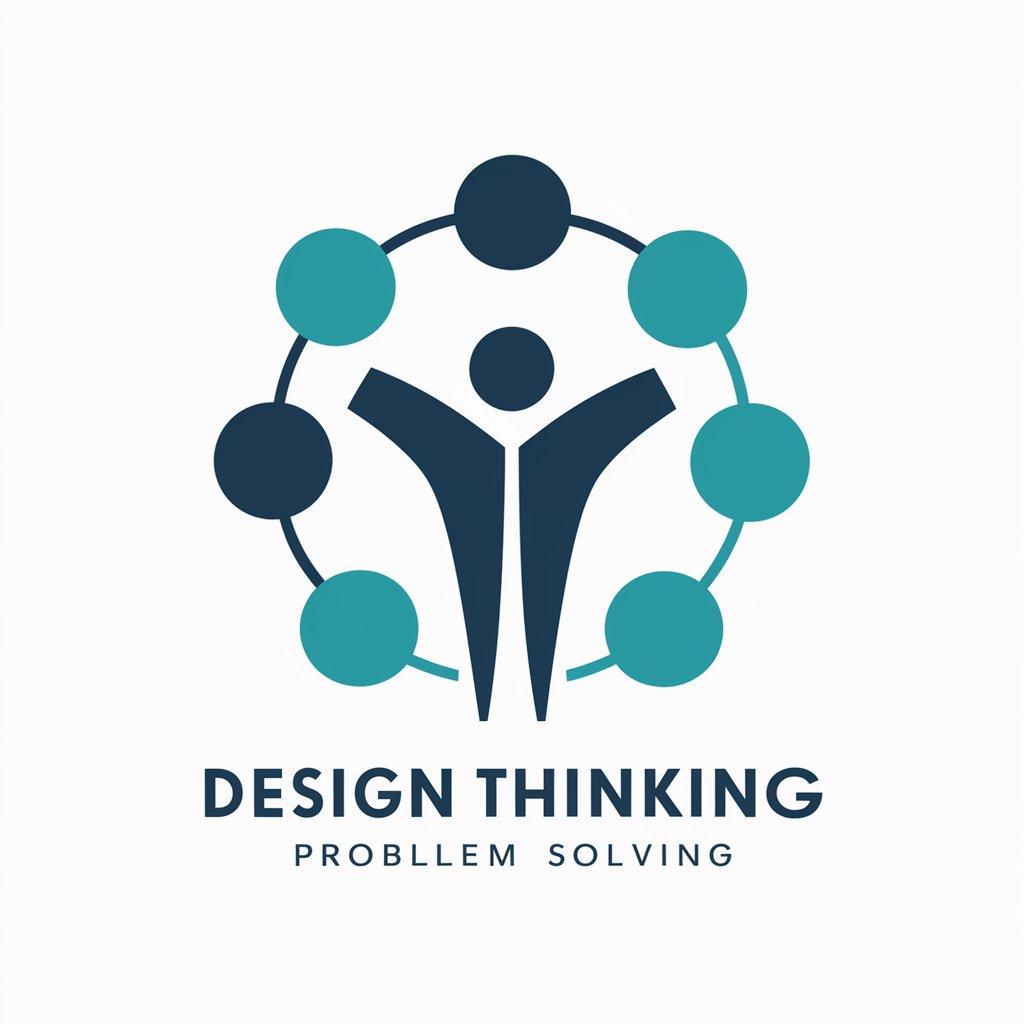
Welcome to your journey in design thinking!
Empowering innovation through AI
How might we...
What if we could...
Imagine a world where...
What would happen if...
Get Embed Code
Introduction to Design Thinking
Design Thinking, as an approach and service, is centered on fostering innovation and problem-solving through a human-centered design process. It begins with understanding the needs and problems of users in depth, then ideating, prototyping, and testing solutions that meet these needs in practical and user-friendly ways. A fundamental aspect of Design Thinking is its iterative nature, involving continuous testing and feedback to refine solutions. For instance, consider the process of designing a new educational tool for remote learning. The Design Thinking approach would involve empathizing with students and educators to define key challenges, ideating various digital solutions, prototyping the most promising ones, and testing these with actual users to gather feedback and make necessary adjustments. Powered by ChatGPT-4o。

Main Functions of Design Thinking
Empathize & Define
Example
In healthcare, empathizing with patients could reveal insights into the emotional and practical challenges of managing chronic conditions. By defining these insights clearly, solutions can be developed to make disease management more accessible and less stressful.
Scenario
A healthcare app could be developed, focusing on simplifying medication tracking and providing emotional support through community features, directly addressing the challenges uncovered during the empathize and define stages.
Ideate & Prototype
Example
In retail, ideation sessions might lead to the concept of a virtual fitting room to enhance online shopping experiences. Prototyping this idea could involve creating a simple augmented reality app that allows users to see how clothes look on them.
Scenario
The prototype can then be tested with a small group of users to gather feedback on its usability and effectiveness in improving the online shopping experience, leading to further iterations.
Test & Present
Example
For a new educational platform aiming to improve engagement in remote learning, testing might reveal that gamification elements significantly increase student participation.
Scenario
This insight leads to refining the platform to integrate game-like elements and challenges, which are then presented to educational institutions as a tested solution to increase engagement in remote learning environments.
Ideal Users of Design Thinking Services
Entrepreneurs and Startups
These users benefit from Design Thinking by identifying and solving real market needs creatively, reducing the risk of developing products or services that don't meet user expectations. The iterative process helps them pivot quickly based on feedback, crucial in the early stages of development.
Corporations in Product Development
Larger companies can use Design Thinking to stay agile and innovative, preventing stagnation and keeping up with market demands. It's especially beneficial for developing new products, improving customer experience, or entering new markets.
Educational Institutions
Schools and universities apply Design Thinking to curriculum development, creating more engaging and effective learning experiences. It also serves as a valuable teaching tool, equipping students with critical thinking and problem-solving skills.
Non-Profits and Social Enterprises
These organizations use Design Thinking to address complex social issues creatively and effectively, ensuring solutions are both impactful and sustainable. It helps them to better understand the communities they serve and to design interventions that truly meet their needs.

Steps to Use Design Thinking
Start your trial
Visit yeschat.ai to begin a free trial of Design Thinking without the need to log in or subscribe to ChatGPT Plus.
Identify a challenge
Select a real-world problem you want to solve. This could be improving a product, optimizing a process, or enhancing a service.
Gather insights
Use empathetic research methods like interviews, observations, and surveys to understand the needs and frustrations of your users.
Ideate solutions
Brainstorm a wide range of creative solutions, encouraging wild ideas and deferring judgment to maximize innovation.
Prototype and test
Develop prototypes of your best ideas, then test them with real users to gather feedback and iterate on the design.
Try other advanced and practical GPTs
Maestro
Compose, Learn, and Innovate with AI

BookWiz
Unlocking Literature with AI

HistoryGPT
Empowering the past with AI insights

MULDER
Unveiling the unknown with AI.

Kenji
Uncover your pride with AI-powered introspection.

AmigoGPT
Talk Spanish, Learn Fast!

Critical Thinking Professor
Empowering critical thinking with AI

Tensorflow Guider
AI-powered guidance for TensorFlow & Keras projects.

The Interrogator
Delve Deeper with AI

Flashcard GPT
Simplifying Learning with AI-Powered Precision

AgencySocial AI
Crafting Engaging Stories with AI
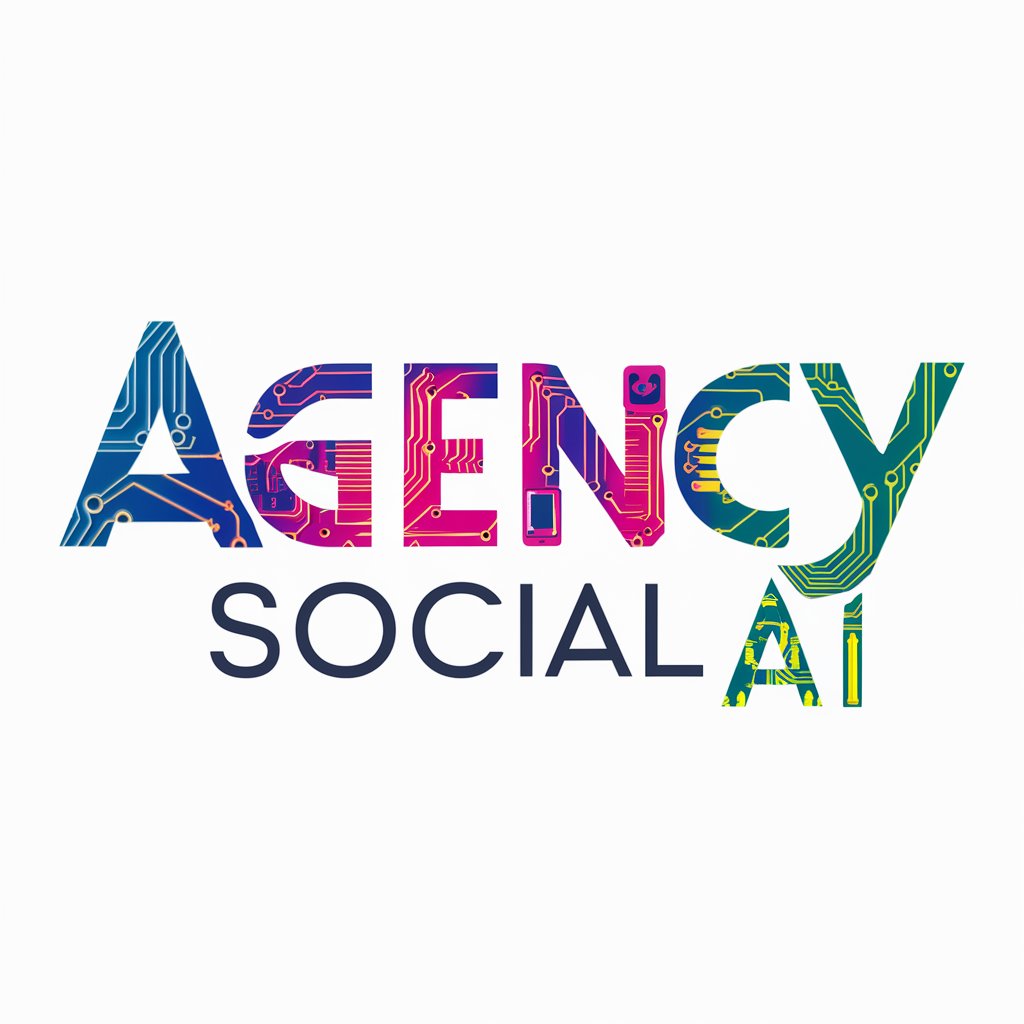
Writing Robert
Empower Your Writing with AI Creativity

Frequently Asked Questions About Design Thinking
What is Design Thinking?
Design Thinking is a user-centered methodology used for creative problem-solving. It involves understanding user needs, ideating, and rapidly prototyping and testing solutions.
Who can benefit from using Design Thinking?
Businesses, educators, engineers, healthcare professionals, and anyone involved in product or service development can benefit from using Design Thinking to approach their challenges creatively.
How does Design Thinking foster innovation?
By focusing on the users' needs and repeatedly iterating on ideas and prototypes, Design Thinking encourages a deep understanding of the problem and innovative solutions.
Can Design Thinking be applied to services?
Yes, Design Thinking is applicable not only to products but also to designing and improving services by focusing on the experience and needs of the service users.
What are the main challenges when implementing Design Thinking?
The main challenges include resistance to change, finding time for thorough research, and encouraging diverse and cross-functional teams to collaborate effectively.
